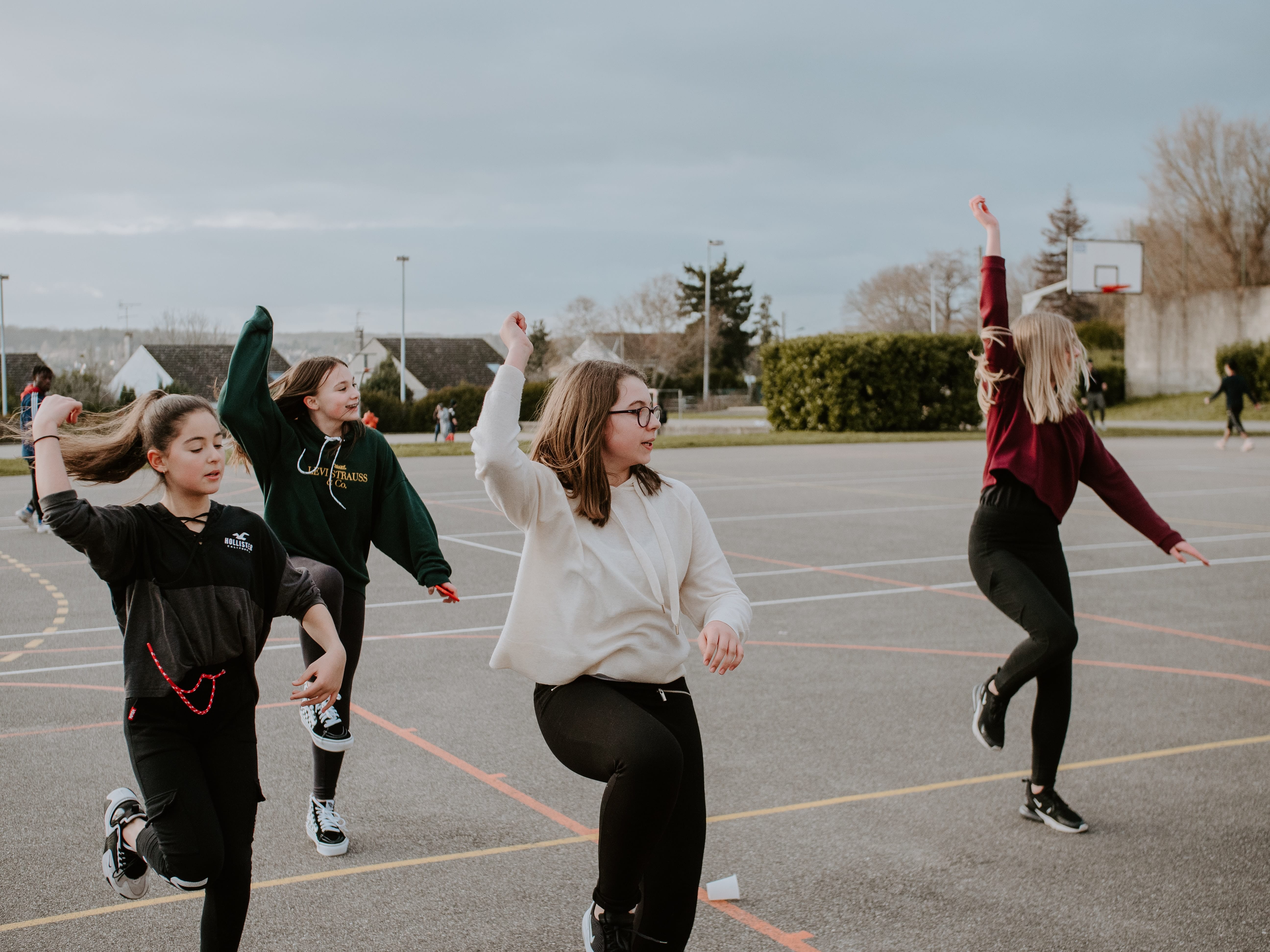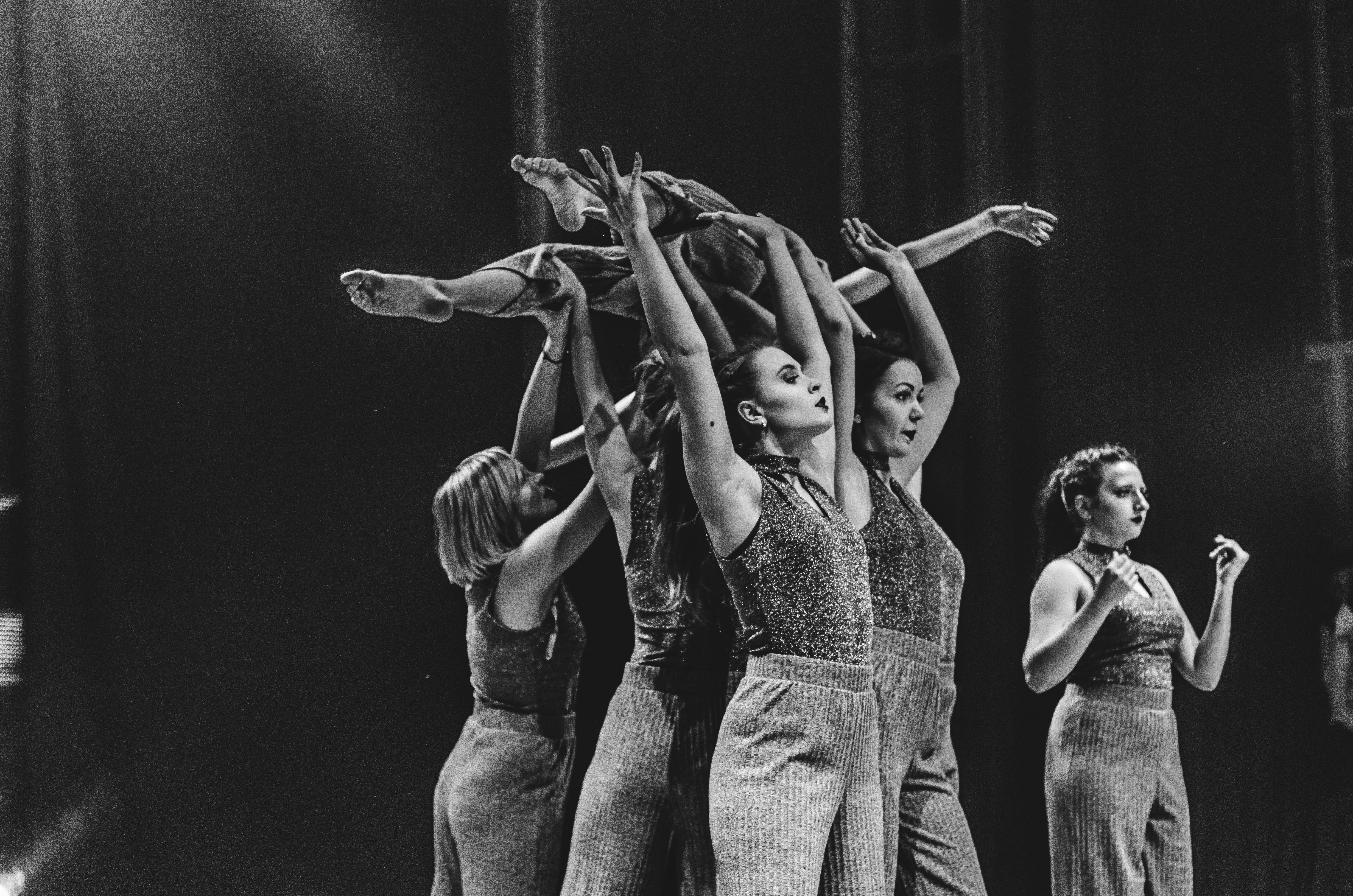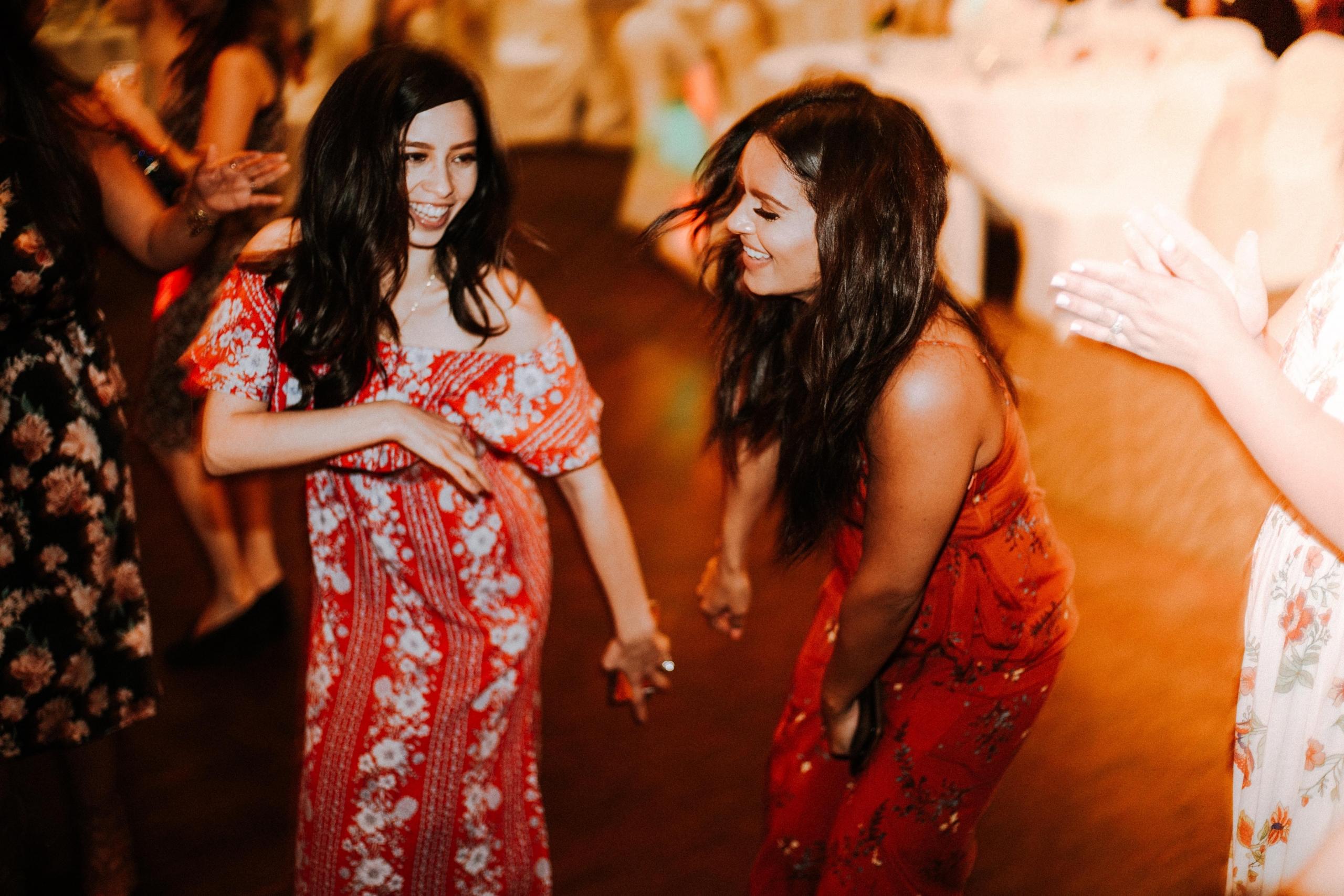If you love to dance you must learn how to dance bachata and dominate yet another Latin American genre. Bachata is an important branch within the Latino culture and it is known as a sensual and romantic style that people who are in love practice.
You can dominate this dance form by working with a private tutor to teach you the different styles and moves. You can find one right here on Superprof and start your classes right away.
Keep in mind that many tutors offer the first lesson for free to show their students how they carry their classes, what they will learn, and answer any questions they might have.
If you choose to take the first free lesson make sure you find out what schedules you could have classes in, what you need for a lesson, the learning curve, ask for any discounts they might offer, and so on.
Private tutoring is gaining popularity because it has proven to be a great learning tool for students of all ages, for any subject, and background. On Superporf we offer over 20 million tutors who are experts in the field they teach, so we guarantee you'll find amazing bachata teachers.
Continue reading to understand the basics of dancing bachata, where it was born, if there are different styles, and much more.
You can search for some of the best dance classes here.

How to dance bachata?
Learning to dance bachata is like learning how to dance almost anything else. First, you have to familiarize yourself with the vocabulary, understand the movement of the genre you're learning, and figure out what are the basic patterns.
For instance, in bachata, you need to understand certain words like footwork, enchufla, figures, bolero, vuelta, and more. You will also have to work hard to understand some dance moves like hip patterns, styling, steps, and so on.
To dance bachata you have to understand the rhythm of the genre. Bachata music uses a 4/4 time signature, so there are four beats to every measure.

A typical song contains three distinct polyrhythms: derecho, majao, and mambo. Each polyrhythm has its rhythmic pattern and features separately in particular sections of a song.
The basic footwork of bachata is pretty simple. All you have to do is feel the beat and with it tap two steps to the right, pop your hip to the right, and then return and tap two steps to the left and pop your hip to the left.
However, this is one of those dances that is easier said than done. People tend to confuse bachata with other genres like salsa or merengue because on paper it seems like the dances are the same. However, salsa and bachata are very different because the music and the rhythm are different.
If you want to know how to differentiate between these two genres and dancing styles, we recommend you search for private dancing classes right here on Superprof. All you have to do is search for the subject of your interest, add your location, and choose from all the profiles that pop up.
Where did Bachata originate?
Bachata was born in the Dominican Republic during the decade of the 60s and since it has grown, developed, and spread into Latin America and the western world as one of the most common dances in the region.
The first bachata song to be recorded was called "Borracho de Amor" (Drunk in love) in 1962 by Jose Manuel Calderon. He is constantly referred to as the musician who created bachata in 1962. After his first hit, he created more music at the Radio Televisión Dominicana studios.
Calderon is also the musician known for innovating the instrumentation in bachata by applying strings, horn sections, and piano and replacing the maracas with a güira.
Over time, bachata started to lose prestige in the Dominican Republic, after Calderon moved to New York searching for bigger opportunities in the music industry. While Calderon recorded some music with American labels like BMC and Kubaney, bachata started to lose its position in Latin America.

This is why Calderon moved back home and worked really hard to create a Dominican community in Washington Heights and was able to give rise to a popular bachata scene.
With time, bachata regained popularity and it started to spread in the region like other dancing and music styles. It is now known as a traditional dance in the Latino community.
Today, bachata, like other Latino dancing types (merengue, cha, bolero, tango, salsa), has all kinds of music, lyrics, and genres like romantic, party, and more.
Keep in mind you can learn to dance bachata by hiring a tutor on Superprof today! All you have to do is go on our platform, search for musicians and dancers (you can even find tutors who speak Spanish), and start learning to dance bachata.
Are there different bachata styles?
Like in every music genre that has developed and grown popular, bachata has developed a bunch of different styles that range from the original form to a modern expression.
Bachata is now popular in Latin America and in the United States, however, there are plenty of different styles that are practiced all over the continent.
Dominican Bachata
Dominican Bachata is known as the style that is closest to authentic and original dance. It is built around a square “box-step” and it is usually danced with a partner by keeping footwork simple. This style features a smooth sway of the hips accentuated equally on every count.
Traditional
During the decades of the 80s and 90s dancers started leaving the "box-step" behind and approaching a simpler side-to-side pattern. The steps of this pattern move from one side to another, changing direction after every tap. The style involves the close connection between partners, dips, and a tap with a small “pop” on the 4th step.

Bacha-tango
As the name suggests, this is a style that combines bachata and tango and creates a fusion dance. While this dance did not originate in the Caribbean, it has become quite popular in the south.
Bachata Moderna
As you probably already imagined, this style has a modern take on its original form. It incorporates more upper-body movements and more highly accentuated lower-body styling. Bachata Moderna adopts many of the turn patterns common in salsa and is built around a “side-together-side” basic step, rather than the traditional square pattern.
Sensual Bachata
Sensual Bachata uses the same basic pattern as Moderna but less complex turns. The movement within this sub-style is very much dictated by a dynamic interpretation of the music; it is characterized by fluid, whole-body stylistic movements such as body waves as well as shoulder, rib-cage, and hip isolations.
Bachata Fusion
Bachata Fusion is a style that combines small elements of all the other bachata styles into one pattern and choreography.
This style allows dance students to do a wide range and apply different knowledge all at once. The variety taught in Bachata Fusion provides a wide range of movement possibilities for social dancing situations that will suit every dancer’s individual style and preference.
Ballroom
The ballroom-bachata fusion developed as a competitive dance rather than a social one. It features extreme hip moves and lots of Ballroom Dance styling. The basic step is based on the original bachata.
Instrumentation in Bachata

Now that you know a little bit about the history of bachata and the different styles, you should also know about the instruments and musical patterns of the genre.
A bachata band features five core instruments: requinto (lead guitar), segunda (rhythm guitar), bass guitar, bongos, and güira (a metal percussion instrument that's scraped with a brush).
Each of these instruments plays a different rhythm, adding its own melody, syncopation, and swing, but fitting together like pieces of a musical puzzle.
Bachata music uses a 4/4 time signature, so there are four beats to every measure. A typical song contains three distinct polyrhythms: derecho, majao, and mambo.
Each polyrhythm has its own rhythmic pattern and features separately in particular sections of a song. For instance, the derecho rhythm appears in a song's verses, while the majao usually shows up in the choruses.
The mambo, featured in the bridges or interludes, is the most energetic section of a song; it's where the musicians get to show off and play solos.
Finally, as we already mentioned, Jose Manuel Calderon implemented different instruments applying strings, horn sections, and piano and replacing the maracas —which are very popular in Latino music— with a güira.
















